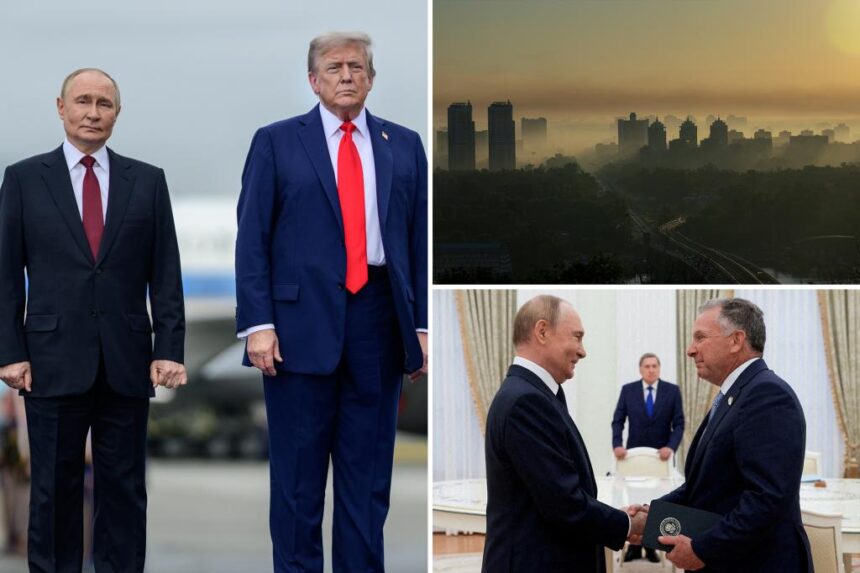President Trump’s Diplomatic Misstep with Putin in Alaska
President Trump made a hasty decision to meet with Russian President Vladimir Putin in Alaska earlier this month, following assurances from his special envoy, Steve Witkoff, that Moscow was willing to negotiate an end to the war in Ukraine. However, the diplomatic push quickly unraveled, leading to a failed attempt to secure a cease-fire deal or peace agreement.
Witkoff’s meeting with Putin in Moscow on Aug. 6 resulted in conflicting reports about Putin’s willingness to make concessions. Initially, it was believed that Putin was prepared to cede territory to Ukraine in exchange for control of certain regions. However, the lack of a State Department notetaker at the meeting meant that there was no official record of Putin’s exact proposal, causing confusion and chaos in the negotiations.
Subsequent discussions revealed that Putin was not actually seeking to give up any territory, leading to a breakdown in communication between the US and European officials involved in the talks. This discrepancy in information left leaders on both sides of the Atlantic scrambling to decipher Putin’s true intentions.
As a result, Trump’s meeting with Putin in Alaska was downgraded to a “listening exercise,” with the White House acknowledging the challenges and setbacks in the negotiations. Some American officials expressed frustration with Witkoff for providing conflicting information at a critical juncture in the peace process.
Despite the diplomatic misstep, the White House defended Trump’s foreign policy efforts, asserting that he had made more progress towards peace in Ukraine in two weeks than his predecessor had in three-and-a-half years. State Department spokesman Tommy Pigott emphasized that Trump, Witkoff, and Secretary of State Marco Rubio were in alignment in their approach to the Russia-Ukraine conflict.
Overall, the failed meeting in Alaska serves as a cautionary tale about the complexities of international diplomacy and the importance of clear communication and collaboration in resolving conflicts. While the road to peace may be fraught with challenges, continued efforts and dialogue are essential in achieving lasting resolutions.








